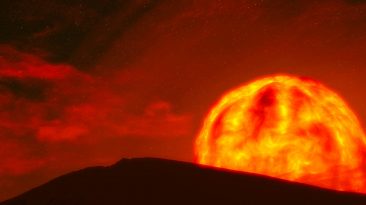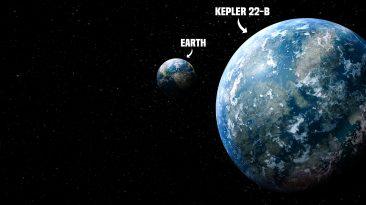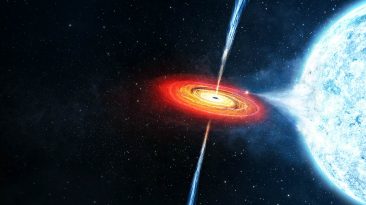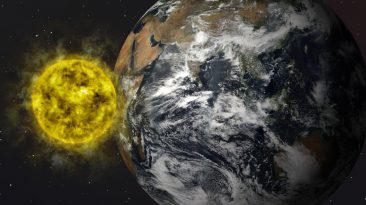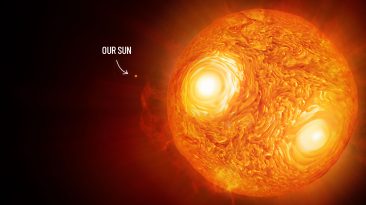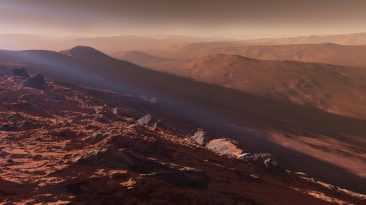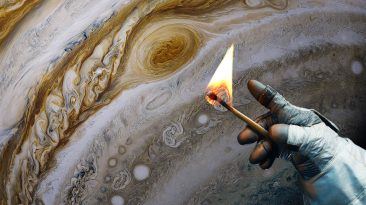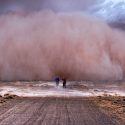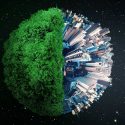Imagine waking up on a version of Earth where the sky glows yellow, the air scorches your lungs, and the ground melts your shoes. That is what life would look like if our planet suddenly had the same atmosphere as Venus.
With temperatures hot enough to melt metal and an atmosphere dense with carbon dioxide and sulfuric acid, this transformation would be nothing short of apocalyptic. Oceans would boil away, buildings would collapse from the heat, and no form of life as we know it could survive the extreme pressure and toxicity.
1. Temperatures Surge to Deadly Levels
Venus is the second closest planet to the Sun, and its thick carbon dioxide atmosphere traps so much heat that its surface reaches over 460 degrees Celsius. If Earth’s atmosphere mirrored this, average temperatures would skyrocket by hundreds of degrees. This sudden transformation would be catastrophic, turning our planet into a massive oven almost overnight.
Forests would ignite, oceans would evaporate, and infrastructure would melt or collapse under the heat. Life would vanish quickly, unable to adapt to the crushing pressure and suffocating air.
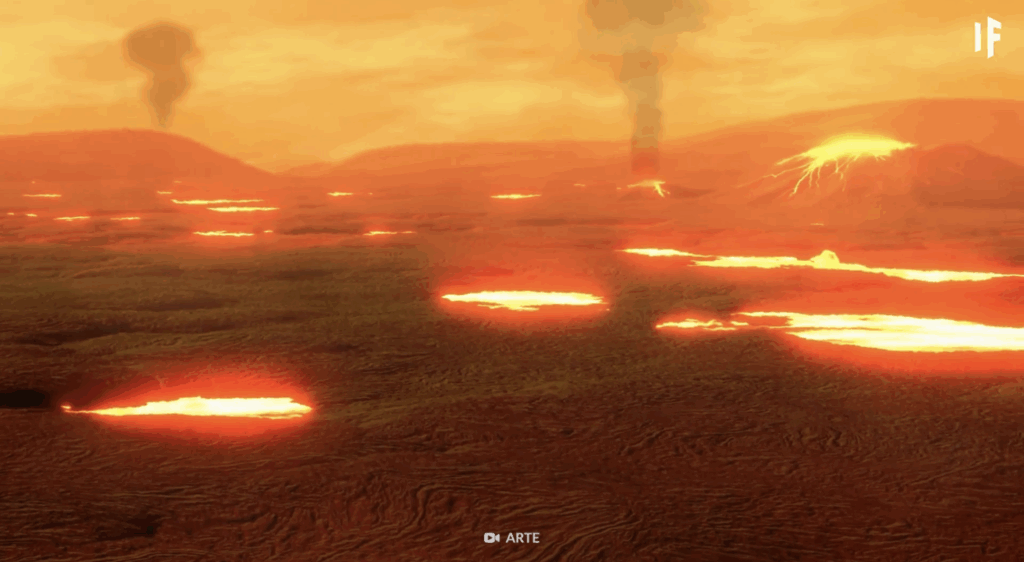
2. The Air Would Kill You Instantly
Venus’s air is mostly carbon dioxide with clouds of sulfuric acid. On Earth, this shift would mean you could no longer breathe safely. Inhaling would cause severe internal burns, and the pressure, one hundred times higher than what we are used to, would crush you as if you were deep underwater. Without a high tech suit, death would be immediate.
The atmosphere would feel like a toxic fog, burning skin and corroding metal within minutes. Even the strongest shelters would struggle to withstand the intense pressure and acidity surrounding them.
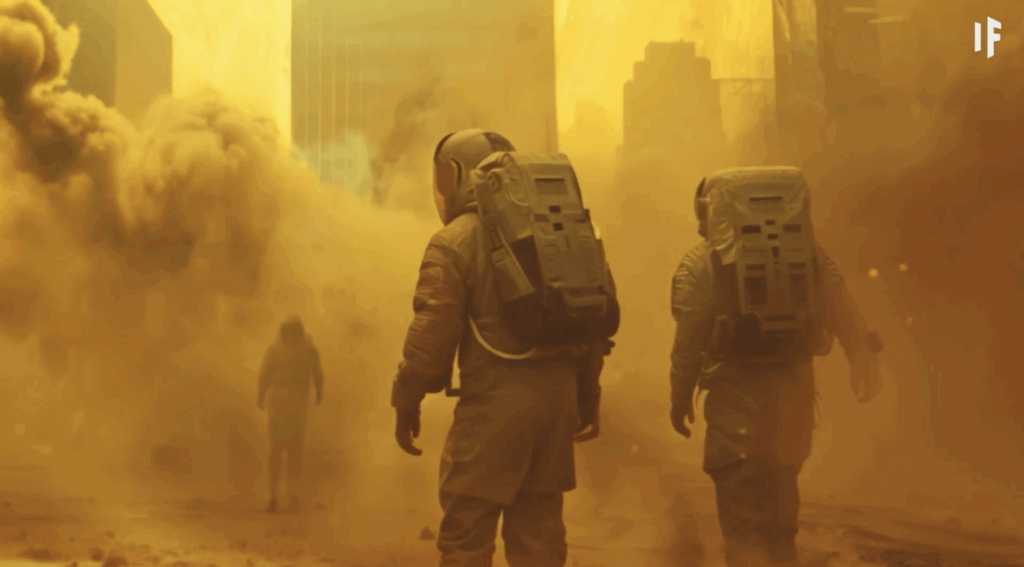
3. Landscapes and Cities Would Collapse
Survivors would witness a horrifying version of Earth. The sky would turn thick yellow, the Sun blocked by acidic clouds. Trees would incinerate, grasslands would burn away, and oceans would begin to boil. Cities would crumble as buildings warped, glass melted, and roads cracked open. Wildlife would disappear almost instantly.
Airborne acid would corrode everything in its path, from vehicles to power lines. The once familiar planet would be reduced to a scorched, toxic wasteland, unrecognizable and completely inhospitable to life.
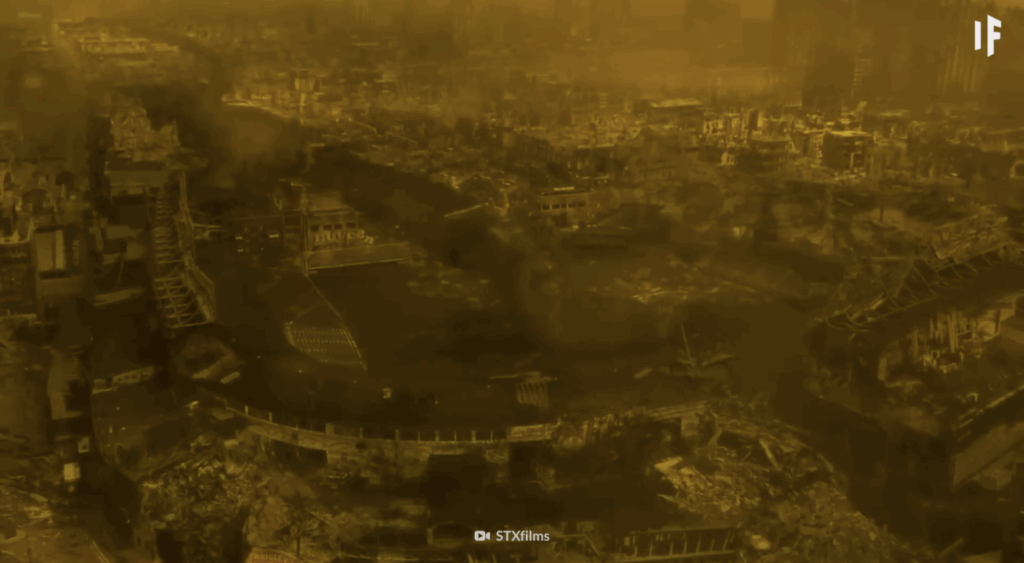
4. Humanity Goes Underground
The only way to survive would be to go beneath the surface. Underground shelters would need to be built deep into Earth’s crust, powered by geothermal energy. These structures would replicate a livable atmosphere and protect the few remaining humans from heat and pressure above. Life outside would be completely unsustainable.
Thick walls and advanced filtration systems would be essential to keep out toxic gases and maintain breathable air. Humanity’s future would depend on adapting to life in the shadows of a planet that had become a furnace above ground.
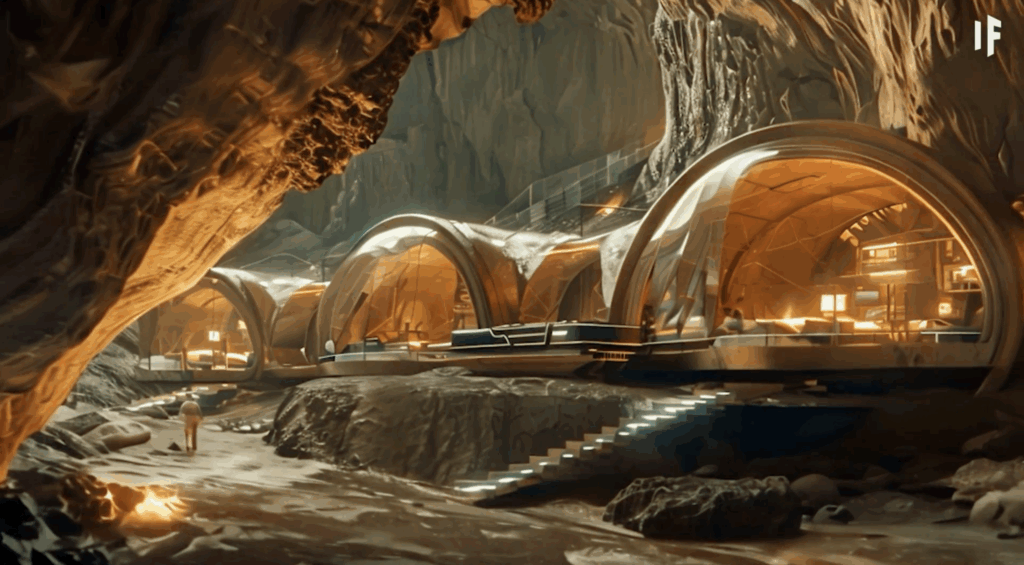
5. The Surface Becomes a Permanent Wasteland
As time passed, Earth’s surface would become just as lifeless as Venus. Water sources would vanish, and any sign of nature would be erased.
Human monuments, once symbols of progress, would collapse into ash and debris. Earth would be reduced to a dry, burned shell with no signs of life above ground. Wind would sweep across empty plains of scorched rock, and the once blue planet would become a toxic, silent world lost to time. The atmosphere would be thick with poisonous clouds, and the ground would bear no trace of the life that once thrived there.
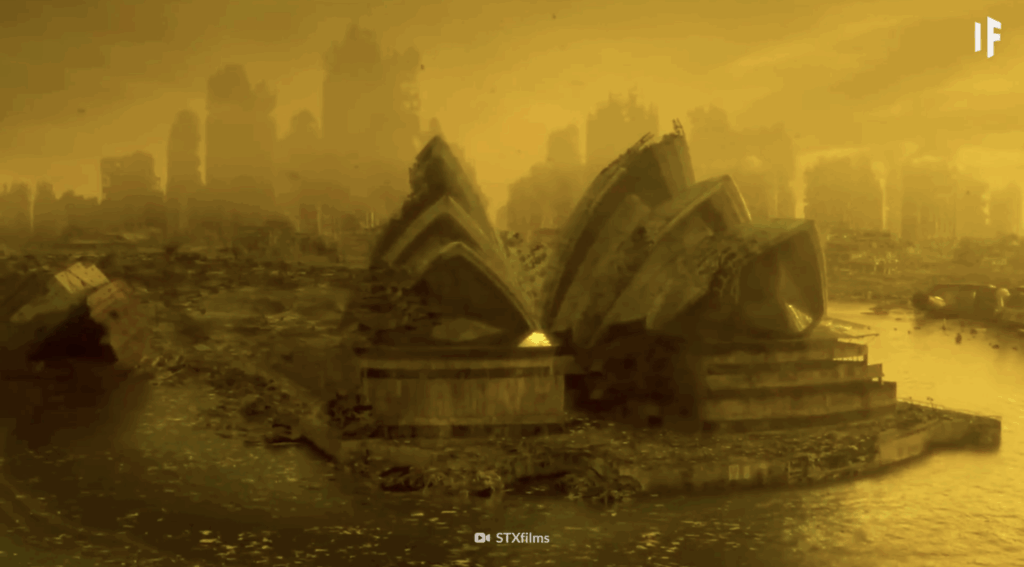
6. The Warning from Venus Is Clear
Venus may have once had oceans and a climate like Earth’s, but it became a death planet through a runaway greenhouse effect. Earth is not as close to the Sun, but unchecked climate change could push us in a similar direction.
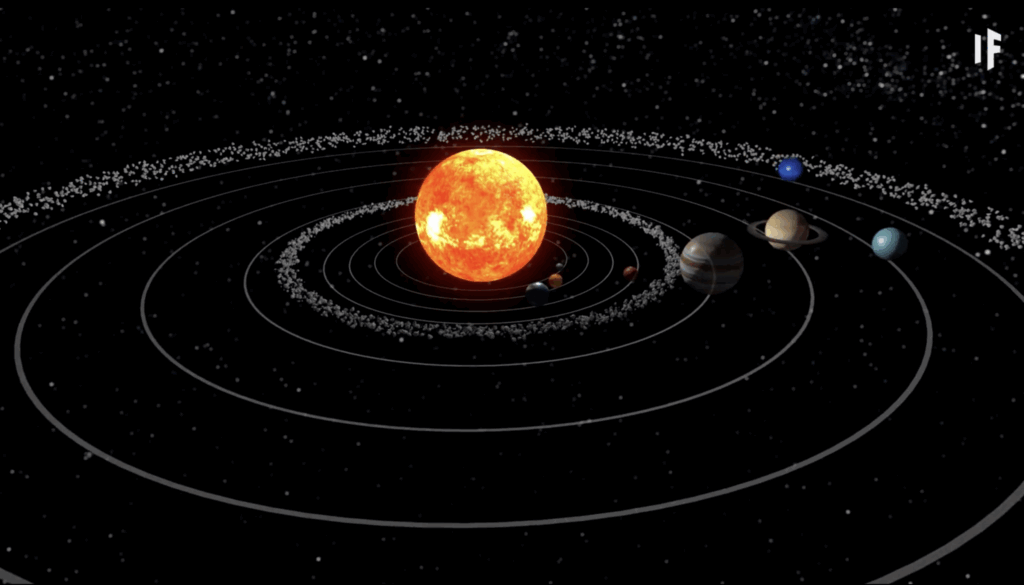
Rising temperatures, mass extinctions, and ecosystem collapse are already happening. The lesson from Venus is simple: ignore our planet’s warnings, and we could share the same fate. What once seemed like a distant possibility is becoming a real danger. Without serious efforts to reduce emissions and protect ecosystems, Earth’s future could mirror the lifeless landscape of our sister planet.














